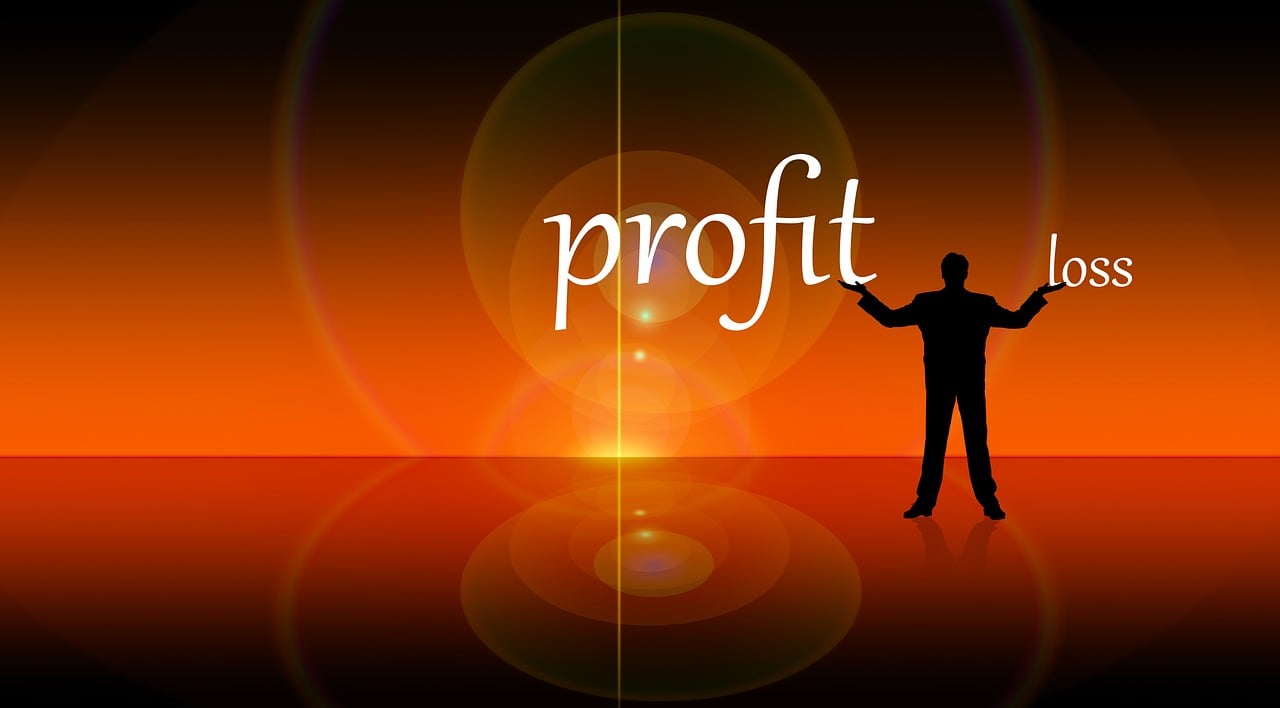Profit and Loss is a fundamental concept in mathematics, specifically in Class 10. It is crucial to understand its definition, as well as related terms, formulas, and real-life examples. Profit refers to the financial gain achieved when the revenue earned exceeds the cost incurred. On the other hand, loss occurs when the cost surpasses the revenue. By grasping the concept of profit and loss, students can apply it to various scenarios in their everyday lives, such as calculating the profitability of a business venture or analyzing financial statements. Familiarity with the subject will enable students to handle related questions and excel in their mathematics studies.

In math , Profit is the financial gain obtained when the revenue from sales exceeds the costs incurred in producing and acquiring goods or services . On the other hand , loss occurs when the costs surpass the revenue , resulting in a negative financial outcome . In simple terms , profit is positive earnings , while is negative earnings .
Table of Contents
What is Profit and Loss?
Profit is the total amount by which your revenue exceeds costs over a given period of time . Loss is a measure of how much a models predictions deviate from the actual values it aims to predict.
Real Life Example –
Let’s consider a bookstore as an example :
Profit : The bookstore purchases books for $500. They sell these books $10 each . They sell 100 books. The total revenue is $10 * 100 books = $1000. Profit is calculated by subtracting the expenses from revenue : $1000 – $500 = $500.
Loss : The bookstore overstocks on unpopular books , spending $700 . They only manage to sell 50 books. In this case , the total revenue is $10 * 50 books = $500 . The loss is calculated by subtracting the expenses from revenue : $500- $700= -$200.
Points to remember
- For profit , the selling price should be more than the cost price .
- For loss , the cost price should be more than the selling price.
- The percentage value for profit or loss is calculated in terms of cost price
Related terms :
1)Cost Price : Cost price is the price at which a person purchases a product .
2)Selling Price : Selling price is the price at which a person sells a product.
3)Market price : It is the price that is marked on an article or commodity. It is also known as list price or tag price .
4)Discount : The reduction offered by a merchant on a marked price is called a discount.
Formulas Related to Profit and Loss
- Profit = SP – CP ; SP>CP
- Loss = CP – SP ; CP > SP
- Profit % = (P/CP) × 100
- Loss % = (L/CP) × 100
- SP = {(100 + P%)/100} ×CP
- SP = {(100-L%)/100} ×CP
- CP = {100/(100 +P%)} ×SP
- CP = {100/(100-L%)} ×SP
- Discount = MP – SP
- SP = MP – discount
Practice Questions
- What is cost price?
- What is profit?
- What is selling price?
- What is the difference between cost price and selling price?
Recommended Reading
All about Number System in Math
FAQs :
Q. 1 How to calculate Profit ?
Answer – The profit or gain is equals to the selling price minus the cost price , i.e Profit=Selling price-Cost price.
Q. 2 How to calculate Loss ?
Answer – Loss is equals to the cost price minus the selling price , i.e Loss = Cost price – Selling price
Q. 3 How do I calculate profit percentage ?
Answer – Profit % = (Profit/Cost price)×100
Q. 4 How do I calculate Loss percentage ?
Answer – Loss % = (Loss/Cost price)×100

